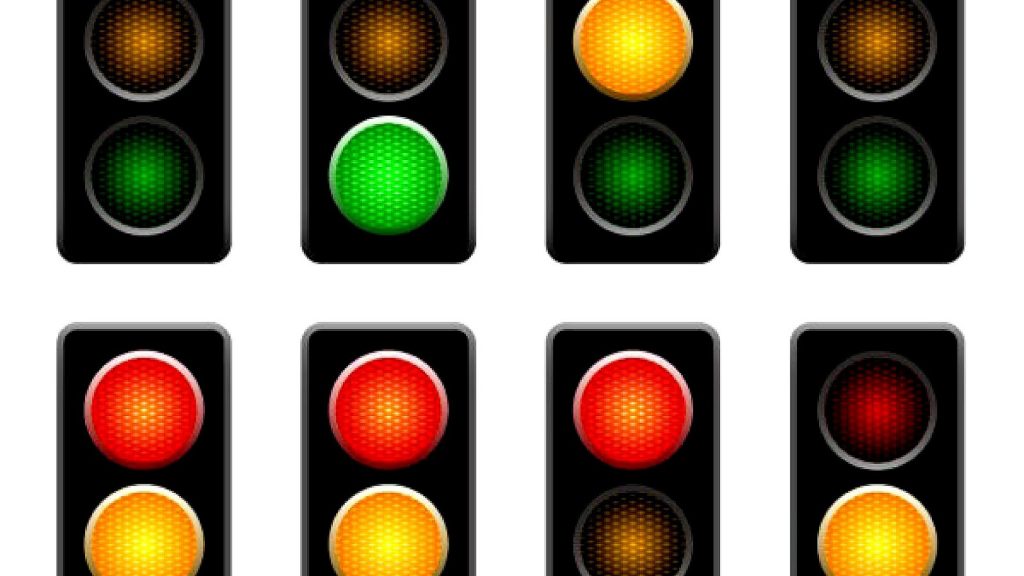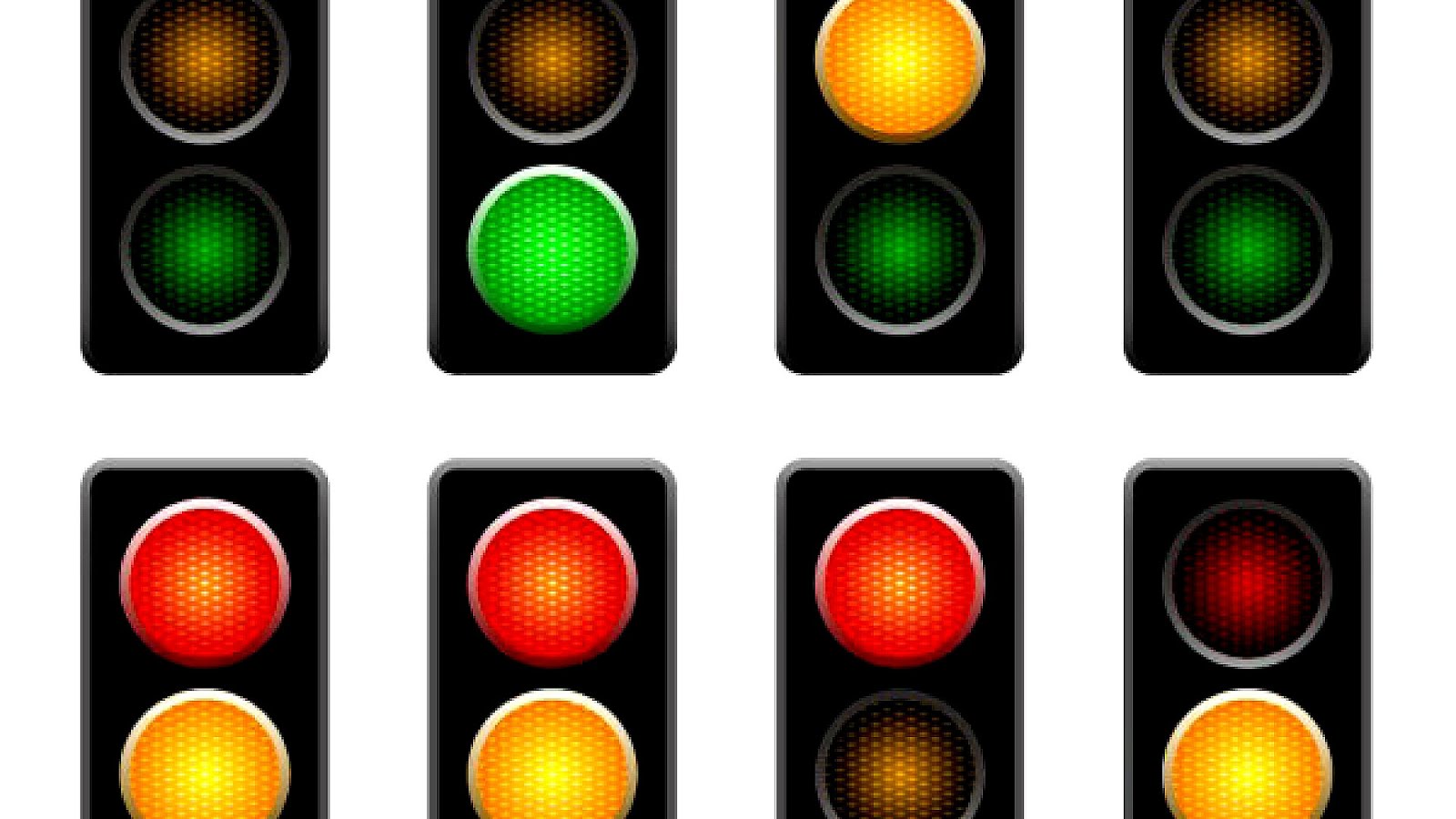
Traffic lights are essential devices for managing vehicular and pedestrian traffic on roads and intersections. They use a combination of colors to signal different messages to drivers and pedestrians. The three primary colors used in traffic lights are red, yellow, and green, each with a specific meaning and purpose.
Red is used to signal drivers to stop. It is the most critical color in traffic lights, as it prevents collisions and ensures safety. Red signals are used to halt traffic in all directions, allowing pedestrians to cross or vehicles to turn.
Yellow is a warning color that indicates that the signal is about to change. It serves as a transition color between red and green signals. When the yellow light is on, drivers should prepare to stop if they can do so safely, as the signal is about to turn red.
Green is used to signal drivers to go. It indicates that the way is clear, and vehicles can proceed through the intersection. Green signals are also used to indicate when it is safe to turn left or right.
In summary, the colors of traffic lights play a critical role in regulating traffic and ensuring safety on roads and intersections. Red signals drivers to stop, yellow warns of an imminent change, and green signals drivers to go. By following these color-coded signals, drivers and pedestrians can work together to navigate roads safely and efficiently.
